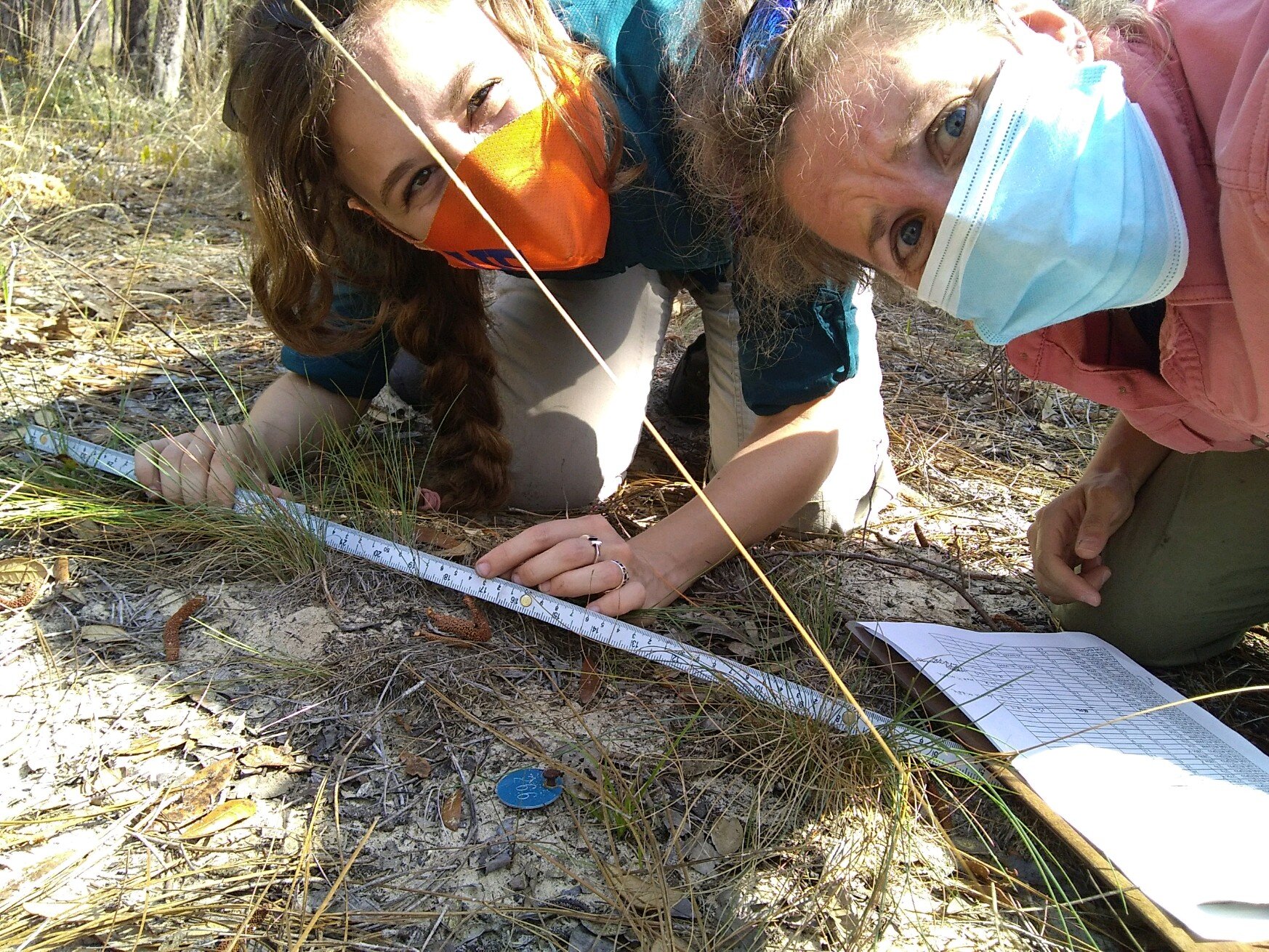
Research
Savanna Restoration using Wiregrass
Wiregrass (Aristida beyrichiana/stricta) plays a keystone role in ecosystem health of imperiled longleaf pine (LLP; Pinus palustris) savannas of the southeastern USA. It promotes the grass-fire feedback, provides ecosystem services, and promotes biodiversity. The long-term goal of this research is to evaluate how seeding and fire management practices affect restoration using wiregrass.
Belizean Pine Savannas
Pine ecosystems are a significant regional natural resource in Central America. Inappropriate fire management practices, indicated especially by low pine recruitment, threaten ecosystem health and sustainability. Because healthy ecosystems are maintained by interactions among fire, pines, and grasses, science-based fire management requires data on the mechanisms by which fire affects pine and grass population dynamics. But little scientific data exist. Our goal is to identify how fire frequency and seasonal timing affect pine and grass population growth via effects on vital rates.
Rare Plant Conservation
Worldwide many species are threatened with imminent extinction or are rapidly approaching that condition. Threats to population viability of rare species are imposed by changes in the environment, either by natural or anthropogenic causes, or a consequence of population size. An understanding of plant population responses to environmental changes (e.g., fire or flooding regimes) via changes in vital rates will facilitate effective conservation. We are currently collecting data on 8 state or federally protected plant species and hope to add more in the future.
Fire Regimes and Communities
Fire-dependent longleaf pine savannas and grasslands are an important resource in the southeastern U.S., providing ecosystem services and habitat for federally listed species. Understanding ecological drivers between fire and biodiversity is critical when developing adaptive fire management strategies for resilience to climate change. Using multiple, long-term vegetation datasets, we are examining how fire regimes structure plant species associations and assembly patterns.
Fire Science Communication
Public acceptance of prescribed fire is essential to ensure we can continue to burn and maintain healthy forests in the future. Thus, we seek to understand how clear and targeted messages from trusted messengers can help the public understand the importance of prescribed burning. We use surveys, conversation cafes, and interviews to determine how messaging should be developed and who should deliver the messages.




